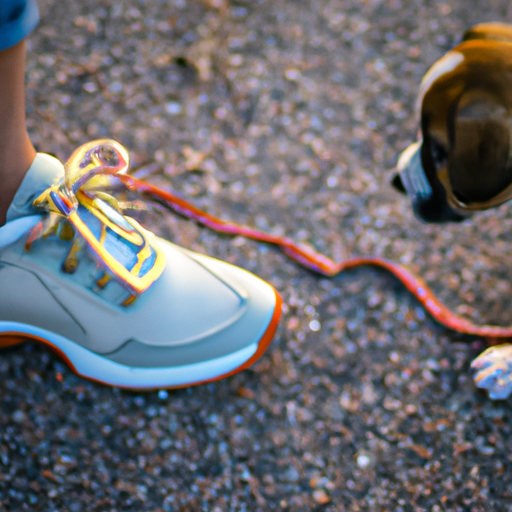Walking a puppy is an important part of their training and overall development. However, the timing and approach matter a lot. This guide will help you understand when and how to start walking a puppy.
Understanding the Right Age to Start Walking a Puppy
Puppies are eager explorers, but it’s crucial to ensure they’re ready for the great outdoors. Generally, it is safe to start walking a puppy after they’ve received their complete set of vaccinations, which is usually around the 12 to 16 week mark.
However, remember that every puppy is unique and the right time may vary. It’s always best to consult your vet before starting this new routine.
Preparing Your Puppy for Walks
Before taking your puppy for walks, there are a few things you should do to prepare:
- Vaccination: Ensure your puppy has completed all the necessary vaccinations. This is crucial to protect them from diseases they could encounter outside.
- Leash Training: Start leash training at home. Begin with short sessions and gradually increase the duration.
- Identification: Make sure your puppy has an ID tag on their collar. This is crucial in case they get lost.
Choosing the Right Equipment for Puppy Walks
When it comes to walking a puppy, the right equipment can make a significant difference. Here’s what you’ll need:
- Collar: Choose a collar that fits your puppy correctly. It should be snug, but not too tight.
- Leash: A standard flat leash is the best choice for puppies.
- Harness: For puppies who pull on the leash, a harness can provide more control.
- ID Tag: This should contain your contact information in case your puppy gets lost.
Planning the First Walk
Your puppy’s first walk is a big event. Follow these steps to make it a positive experience:
- Choose a quiet time and place for the first walk to avoid overwhelming your puppy.
- Start with a short walk, gradually increasing the duration over time.
- Keep your puppy on a short leash for better control.
- Reward your puppy with treats and praise to reinforce positive behavior.
Keeping Walks Fun and Safe
Walking should be a fun experience for your puppy. Here are some tips to ensure it remains safe and enjoyable:
- Avoid walking during extreme weather conditions.
- Stay vigilant for potential dangers, like aggressive dogs or harmful substances on the ground.
- Keep your puppy on the leash unless in a secure, designated area.
- Diversify your routes to keep walks interesting for your puppy.
Creating a Walking Schedule
A consistent walking schedule can help establish a routine for your puppy. Here’s a suggested schedule:
| Age | Number of Walks | Duration of Walks |
|---|---|---|
| 3 – 6 months | 3 – 4 times | 15 – 20 minutes |
| 6 – 9 months | 2 – 3 times | 20 – 30 minutes |
| 9+ months | 1 – 2 times | 30 – 60 minutes |
Adjust this schedule based on your puppy’s breed, age, and energy level.
Dealing with Common Walking Issues
Walking a puppy is not always smooth sailing. Here are some potential issues and how to deal with them:
- Pulling on the Leash: If your puppy pulls, stop walking and only proceed when the leash is slack.
- Fear or Anxiety: Gradual exposure and positive reinforcement can help address fear or anxiety.
- Distraction: If your puppy is easily distracted, try redirecting their attention with treats or toys.
Frequently Asked Questions
Q: Can I take my puppy to a dog park for their first walk?
A: It’s best to avoid dog parks until your puppy is fully vaccinated and comfortable with leash walking.
Q: What should I do if my puppy refuses to walk?
A: Try encouraging them with treats or toys. If they still refuse, they might be tired or unwell. If the refusal persists, consult your vet.
Q: How many walks does a puppy need each day?
A: Young puppies have a lot of energy and may need several short walks, along with playtime each day. Older puppies and adult dogs, despite their size, usually require around an hour of exercise each day.
Q: Is it okay to walk my puppy off-leash?
A: It’s best to keep your puppy on a leash. This ensures their safety and gives you better control over their movements.
Remember, walking is more than just exercise for your puppy – it’s an opportunity for them to explore their environment, so make it a positive and enjoyable experience. Happy walking!



